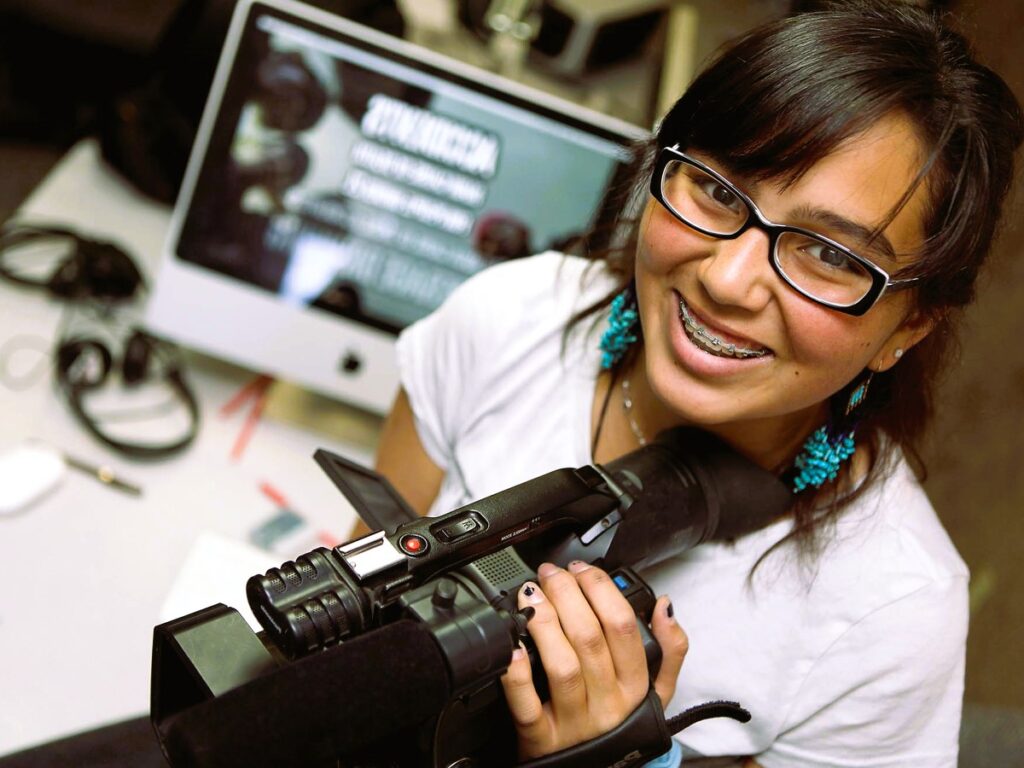In the dynamic landscape of Canadian media, the representation of women has evolved over the years, reflecting both progress and persistent challenges. The narratives, images, and voices presented in media play a crucial role in shaping societal perceptions and attitudes. This article explores the current state of the representation of women in Canadian media, highlighting efforts to break stereotypes, foster inclusivity, and empower women through diverse and authentic storytelling.
Historical Context: From Margins to Center Stage
Historically, women in Canadian media often found themselves on the sidelines, with limited visibility and constrained roles. However, the latter part of the 20th century witnessed a gradual shift. As societal norms evolved, so did the portrayal of women in media. Female journalists, writers, and producers began to break into traditionally male-dominated spaces, contributing to a more nuanced representation of women's experiences.
Challenges in Representation

While progress has been made, challenges persist in the representation of women in Canadian media. Stereotypes, gender bias, and the perpetuation of certain narratives continue to influence how women are depicted. Addressing these challenges requires a multifaceted approach that involves media organizations, content creators, and societal stakeholders.
Breaking Stereotypes in Canadian Media
- Diverse Storytelling:Embracing diversity in storytelling is pivotal for breaking stereotypes. Canadian media outlets are increasingly recognizing the importance of showcasing the multifaceted identities of women. This includes narratives that go beyond traditional gender roles, representing women from various cultural, socioeconomic, and professional backgrounds.
- Promoting Female Voices:Empowering women to take on leadership roles within media organizations is essential. By providing platforms for female journalists, editors, and producers, Canadian media can ensure that a diversity of perspectives is not only acknowledged but actively promoted.
- Championing Authenticity:Authentic representation involves portraying women as real, complex individuals rather than adhering to one-dimensional stereotypes. Canadian media can challenge preconceived notions by telling stories that resonate with the authentic experiences of women in all their diversity.
- Inclusive Casting and Storylines:In the entertainment industry, inclusive casting and storylines that highlight the strength, resilience, and achievements of women contribute to dismantling stereotypes. Canadian television and film productions are increasingly incorporating narratives that challenge traditional gender norms.
- Balancing Coverage:Ensuring a balanced representation of women in various spheres, from politics to sports, is crucial. Canadian media can play a role in dismantling gender biases by offering equitable coverage and visibility to women across all fields. Read our advice on how to quickly lose belly fat, read more in our article.
Initiatives and Movements
Several initiatives and movements in Canada are actively working to reshape the narrative surrounding women in media:
- #HerVoiceMatters:This campaign, initiated by Canadian women in media, aims to amplify the voices of women from diverse backgrounds. It encourages media outlets to feature a range of perspectives and stories, fostering a more inclusive media landscape.
- Canadian Women in Film:Organizations like Canadian Women in Film work towards increasing the representation of women in the film and television industry. Through mentorship programs and advocacy, they strive to create opportunities for women in key creative roles.
- Media Literacy Programs:Educational initiatives focused on media literacy aim to empower individuals, especially young women, to critically analyze media portrayals. By promoting media literacy, Canada invests in creating a generation that challenges stereotypes and demands authentic representation.
Government Initiatives and Policies

The Canadian government has also taken steps to address gender representation in media. Initiatives such as the Gender-Based Violence Strategy and the Canadian Content in a Digital World policy prioritize the promotion of diverse voices and stories.
Conclusion
The representation of women in Canadian media is a dynamic and evolving narrative. While progress has been made, there is still work to be done in breaking stereotypes and fostering a media landscape that authentically reflects the diversity of women's experiences. As Canada continues on this journey, collaboration between media organizations, content creators, and societal stakeholders remains crucial to building a more inclusive and equitable media environment.
References:
- Canada.ca - Official website of the Government of Canada

